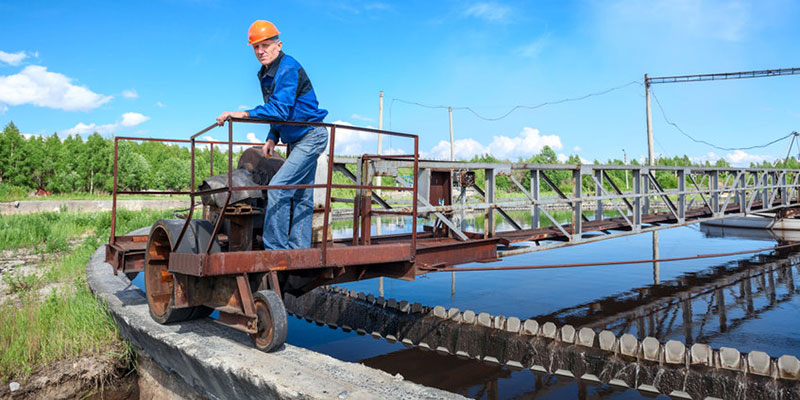Despite meaningful work and higher pay, labor shortages remain in the water and wastewater treatment industry.
The water sector offers meaningful career opportunities, but a workforce shortage remains
In the United States, water utilities have been facing mounting challenges in the recruitment, training, and retention of employees. With approximately a third of the water workforce becoming eligible for retirement in the next decade, those challenges are likely to become even more troublesome.
Compounding the problem, rapid advances in water sector technology call for more and more technically skilled specialists. A number of strategies have been applied to meet these staffing challenges, including contract models that take the burden off of agencies, municipalities, and other entities.
Average pay for water jobs is generally higher than for other occupations in the U.S., with pay as much as 50% more for workers at the lower end of the income range. But despite meaningful work and higher pay, labor shortages remain.
According to the chairman of the Public Water Supply Committee in Toledo, Ohio:
There’s a serious [lack] of people to take over water and wastewater plants. It’s happening everywhere. It’s serious stuff. It’s not just the public sector, but the private sector, too.
In the Toledo area, federal grant funding is being directed to a community college system to help attract and develop water workforce talent.
The grant for Toledo’s water workforce development came from the EPA’s, “America’s Water Sector Workforce Initiative.” Toward the end of 2021, the EPA selected 10 organizations to receive $3.8 million in grants to help grow the water workforce and connect career opportunities to potential workers in the water and wastewater utility sector.
The water workforce shortage also extends to tech workers. A recent Forbes article noted:
[T]echnologies powering critical business functions in other industries from e-commerce to transportation have yet to be applied to water in any meaningful way. […] [T]here’s a distinct and urgent need for fresh thinking from curious and innovative people — especially as water management shifts from a patchwork of outmoded, analog systems into a digital sector powered by new tools and technologies.
New Contract Models
Among the most successful ways to address the water workforce shortage is to leverage the expertise of a specialized water company. As water and wastewater treatment grow increasingly more sophisticated, the demands of operating and maintaining infrastructure require more specialized expertise.
Some contract models have addressed the problem by putting the technical problems of water and wastewater treatment into the hands of specialized professionals. Contract models such as public-private partnerships (PPPs), build-own-operate (BOO), and build-own-operate-transfer (BOOT) have not only changed the way infrastructure is delivered, they have also changed the way it is operated and maintained over long timelines. The water company assumes some or all of operations and maintenance, so the client no longer has to worry about staffing.
Such structures have a number of other advantages. Infrastructure can be delivered with significantly less risk to the client, in some cases with no upfront investment. Modern PPP, BOO, and BOOT arrangements have also evolved into performance-based contracts, so the water company only gets paid when it meets quality and capacity targets. In this way, the interests of water company and client are aligned.
Fluence’s Water Management Services offer the popular BOO and BOOT structures to deliver updated water infrastructure to the public and private sectors with no upfront capital investment. Fluence applies its more than 30 years of experience in the water sector to operate and maintain plants with a specialized workforce. Finding workers is no longer a problem for Water Management Services clients. Contact Fluence to learn more about our solution to the water workforce shortage.

